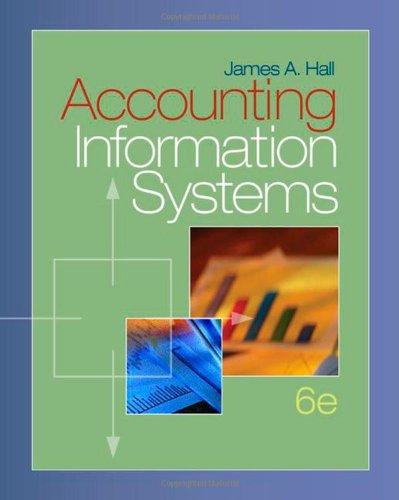Whodunit? (This case was prepared by Karen Collins, Lehigh University) The following facts relate to an actual
Question:
Whodunit?
(This case was prepared by Karen Collins, Lehigh University)
The following facts relate to an actual embezzlement case.
Someone stole more than $40,000 from a small company in less than two months. Your job is to study the following facts, try to figure out who was responsible for the theft, and how it was perpetrated, and (most important)
suggest ways to prevent something like this from happening again.
Facts Location of company: a small town on the eastern shore of Maryland. Type of company:
crabmeat processor, selling crabmeat to restaurants located in Maryland. Characters in the story (names are fictitious):
• John Smith, president and stockholder
(husband of Susan).
• Susan Smith, vice president and stockholder
(wife of John).
• Tommy Smith, shipping manager (son of John and Susan).
• Debbie Jones, office worker. She began working part-time for the company six months before the theft. (At that time, she was a high school senior and was allowed to work afternoons through a school internship program.) Upon graduation from high school (several weeks before the theft was discovered), she began working full-time.
Although she is not a member of the family, the Smiths have been close friends with Debbie’s parents for more than 10 years.
Accounting Records All accounting records are maintained on a microcomputer. The software being used consists of the following modules:
1.. A general ledger system, which keeps track of all balances in the general ledger accounts and produces a trial balance at the end of each month.
2.. A purchases program, which keeps track of purchases and maintains detailed records of accounts payable.
3.. An accounts receivable program, which keeps track of sales and collections on account and maintains individual detailed balances of accounts receivable.
4.. A payroll program.
The modules are not integrated (that is, data are not transferred automatically between modules). At the end of the accounting period, summary information generated by the purchases, accounts receivable, and payroll programs must be entered into the general ledger program to update the accounts affected by these programs.
Sales The crabmeat processing industry in this particular town was unusual in that selling prices for crabmeat were set at the beginning of the year and remained unchanged for the entire year. The company’s customers, all restaurants located within 100 miles of the plant, ordered the same quantity of crabmeat each week. Because prices for the crabmeat remained the same all year and the quantity ordered was always the same, the weekly invoice to each customer was always for the same dollar amount.
Manual sales invoices were produced when orders were taken, although these manual invoices were not prenumbered. One copy of the manual invoice was attached to the order shipped to the customer. The other copy was used to enter the sales information into the computer.
When the customer received the order, the customer would send a check to the company for the amount of the invoice. Monthly bills were not sent to customers unless the customer was behind in payments (that is, did not make a payment for the invoiced amount each week).
Note: The industry was unique in another way: many of the companies paid their workers with cash each week (rather than by check). It was, therefore, not unusual for companies to request large sums of cash from the local banks.
When Trouble Was Spotted Shortly after the May 30 trial balance was run, Susan began analyzing the balances in the various accounts. The balance in the cash account agreed with the cash balance she obtained from a reconciliation of the company’s bank account.
However, the balance in the accounts receivable control account in the general ledger did not agree with the total of the accounts receivable subsidiary ledger (which shows a detail of the balances owed by each customer). The difference was not very large, but the balances should be in 100 percent agreement.
At this point, Susan hired a fraud auditor to help her locate the problem. In reviewing the computerized accounts receivable subsidiary ledger, the auditor noticed the following:
1.. The summary totals from this report were not the totals that were entered into the general ledger program at month-end. Different amounts had been entered. No one could explain why this had happened.
2.. Some sheets in the computer listing had been ripped apart at the bottom. (In other words, the listing of the individual accounts receivable balances was not a continuous list but had been split at several points.)
Step by Step Answer:






